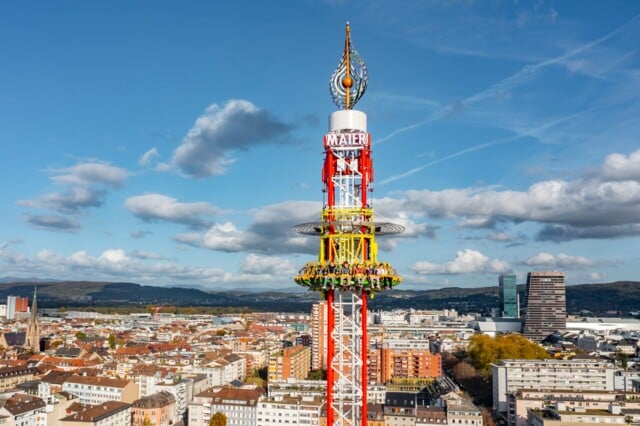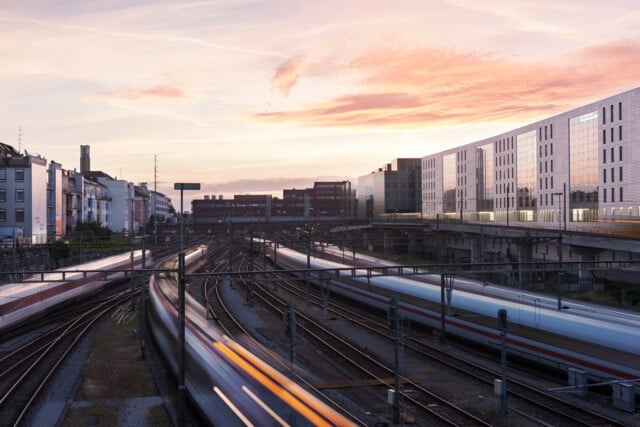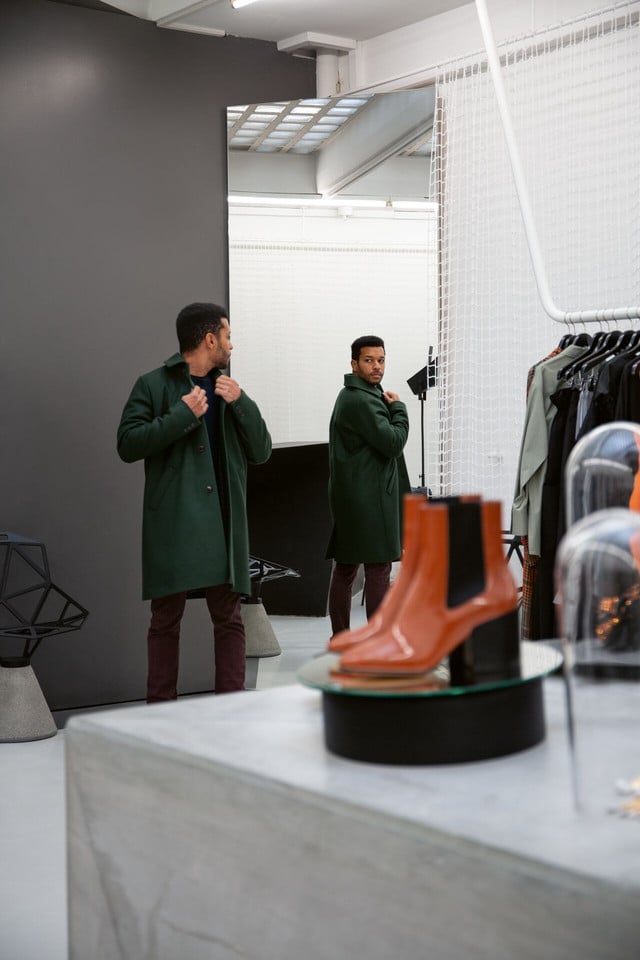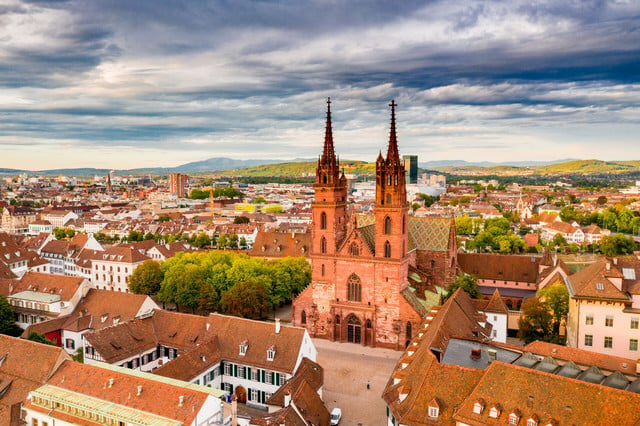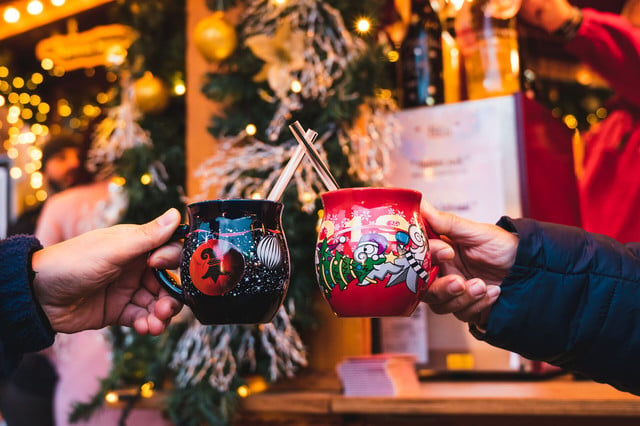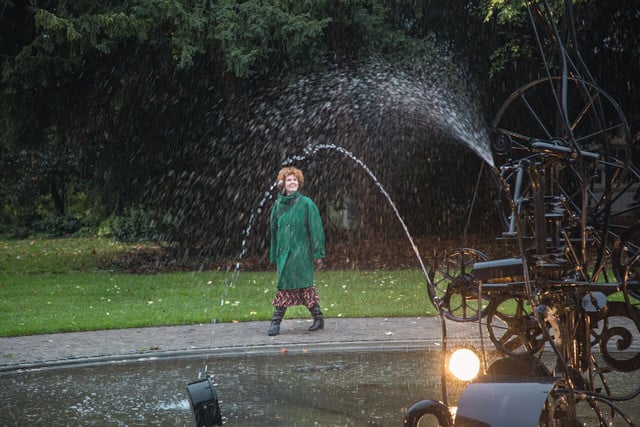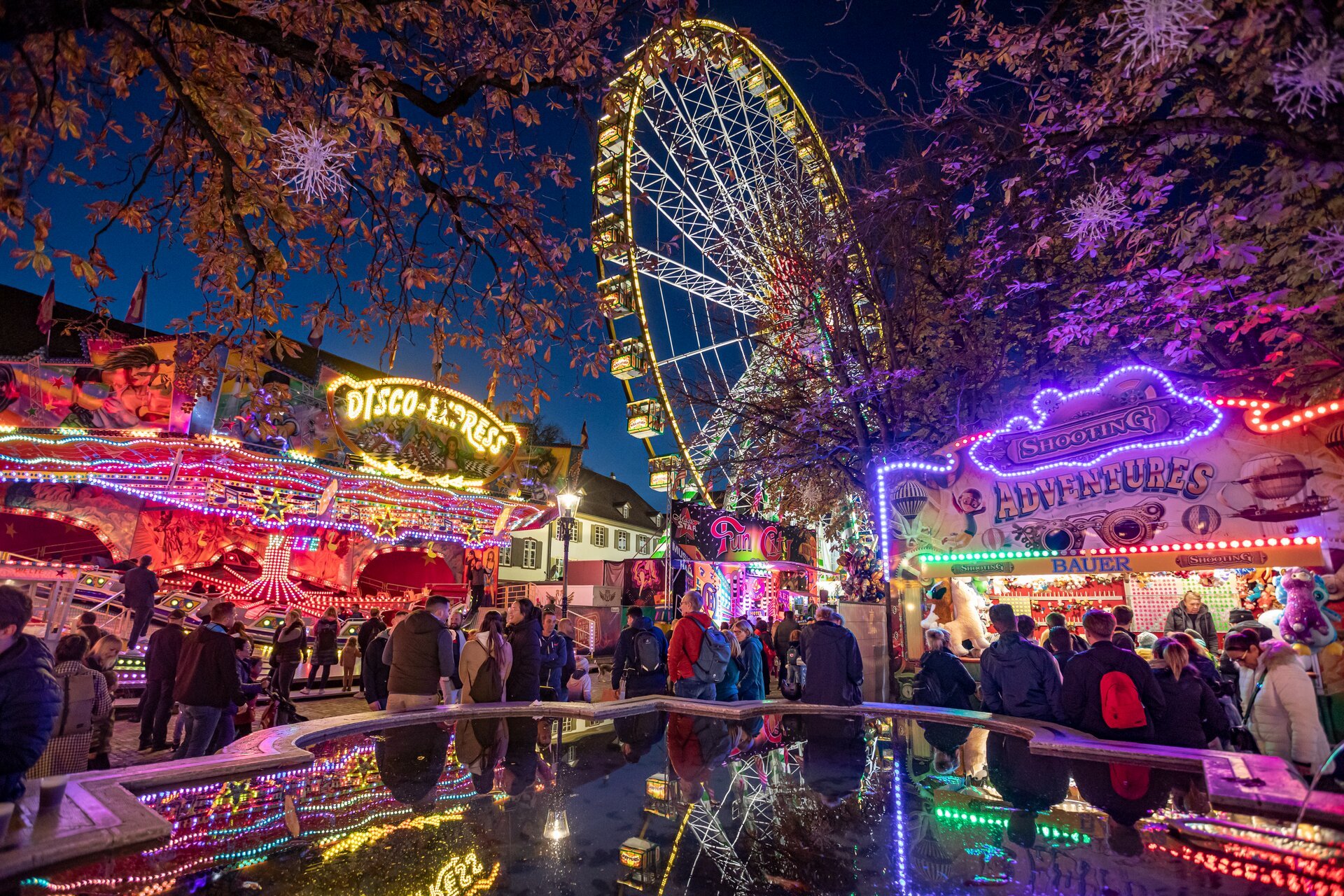
Adrenaline rush
This is Basel.
Basler Herbstmesse
(autumn fair)
The Herbstmesse of Basel is more than your average funfair. This tradition can look back on a history of over 550 years, and is spread over seven of the city’s squares and a hall at the trade fair centre.
In autumn, it’s all go in Basel
For two weeks, seven of the city’s squares and a hall at the trade fair centre are transformed with fairground rides and delicious culinary treats. The numerous stalls of the large market on Petersplatz are even open for two days longer.
The Herbstmesse is more than just romance on the Ferris wheel and an adrenaline rush. For foodies and gourmands, the many tasty specialities on offer are the main attraction here at Switzerland’s oldest and largest fair. Many food stands await you with their typical Herbstmesse delights. Go to Petersplatz to try a “Chäsbängel” – a baguette filled with fondue cheese. Followed by some “Magenbrot” – sweet spiced biscuits. Or the “Mässmogge” sweets filled with hazelnut praline? There are roasted almonds, too.
Rides, opening hours and locations
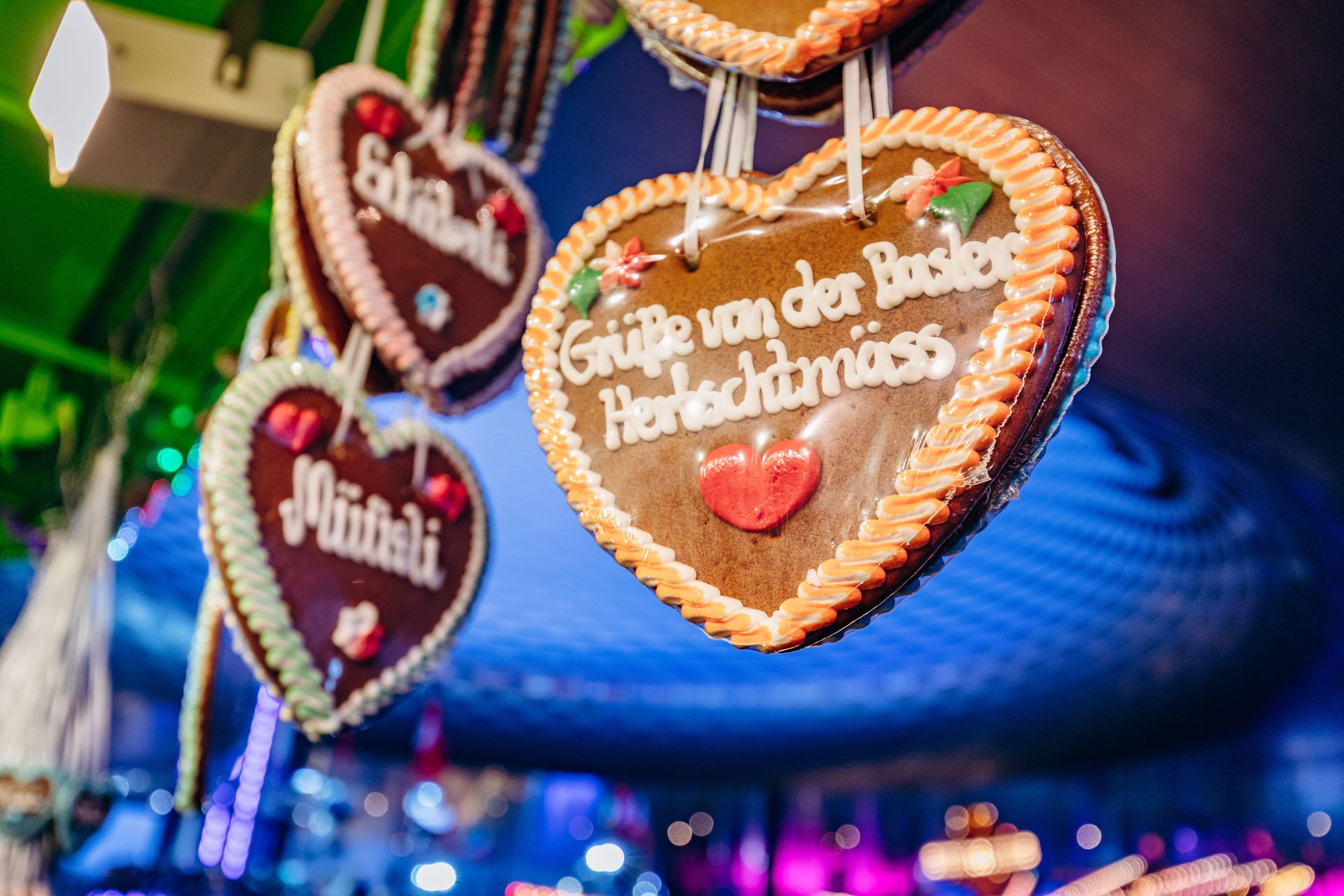
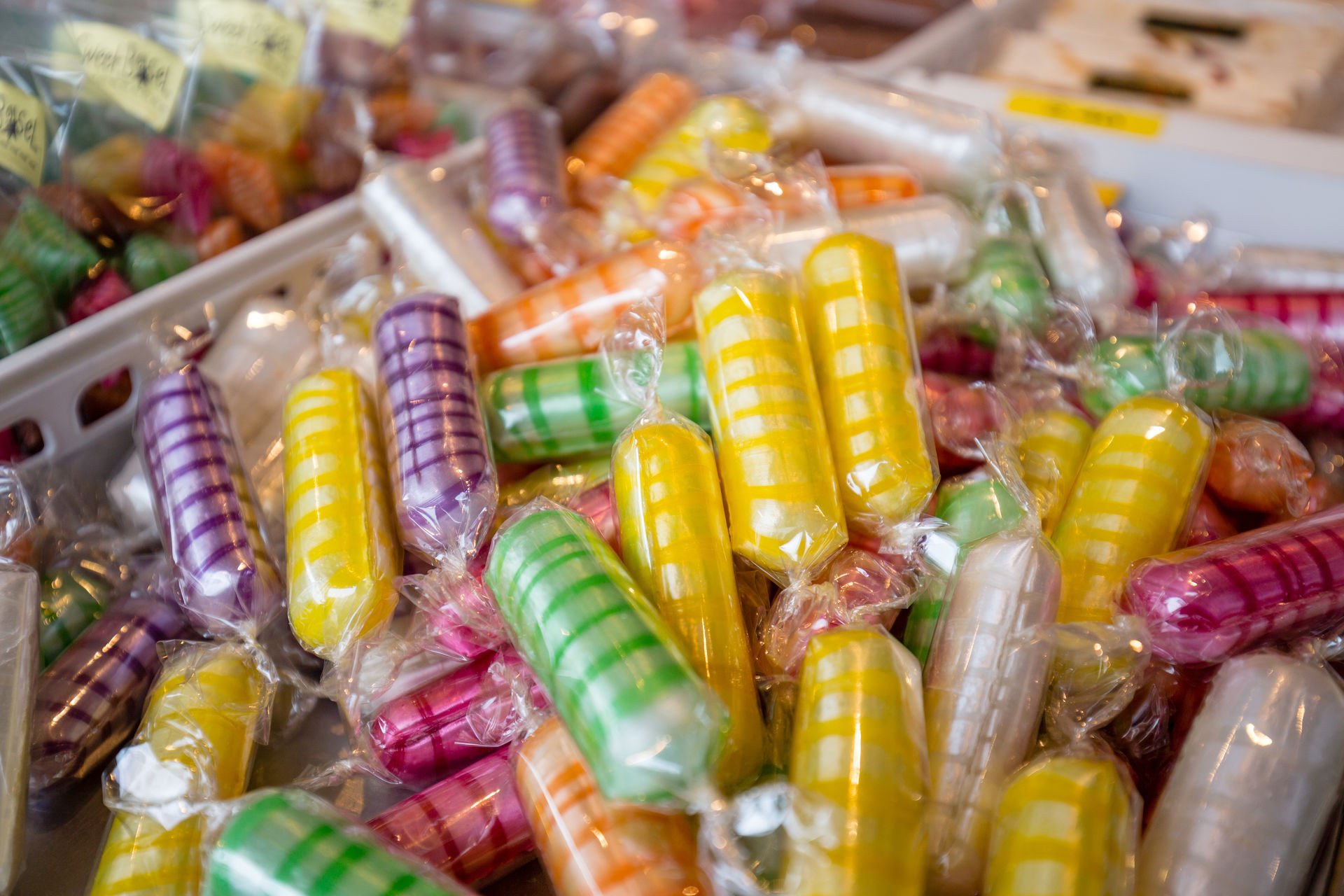

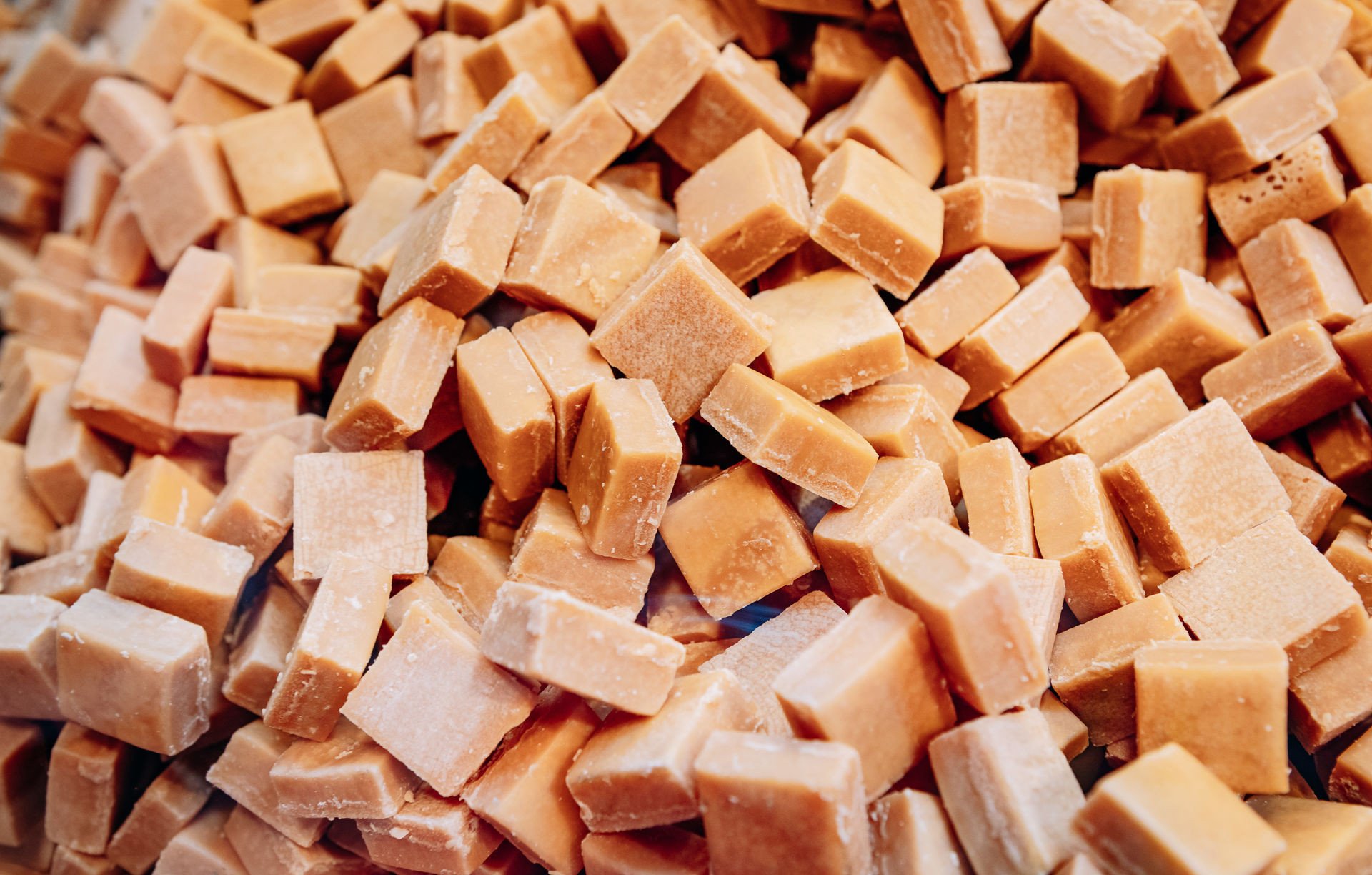
History of the Herbstmesse of Basel
Fun with a long tradition: the history of Switzerland’s amusement fair stretches way back to the Middle Ages.
The Council of Basel from 1431 to 1448 brought enormous economic and population growth to the city. When it ended, Basel found itself facing a crisis in 1449. An annual fair was planned, the aim being to kick-start the economy. As a Free City of the Holy Roman Empire of the German Nation, Basel needed the blessing of the emperor to hold such a fair. Pope Pius II, kindly disposed towards Basel, was meant to send the German Emperor Friedrich III a letter of recommendation.
Although this letter was written, it was lost in transit, which meant a new initiative was required, several decades later, this time on the part of Basel’s mayor, Hans von Bärenfels. His endeavours finally met with success, and Basel received a deed of authorization bearing the emperor’s seal on 11 July 1471. This deed guaranteed the city of Basel the right to hold a fair “for all time”.
Basel made full use of its right from that time on, each year staging a lively, fun-filled fair, where merchants hawked their wares, people ate and drank to their hearts content, and jugglers and singers showed off their talents. Over the centuries, the attractions have developed from simple mazes, “spinning barrel” rides and ghost trains to today’s freefall tower. The fair’s iconic attraction – the Big Wheel at Münsterplatz – stood a proud 20-metres high in the 1970s. Today, it’s three times as high, at 60 metres. And for centuries, “Mässmogge” and “Maagemòrsèlle” have been delighting those with a sweet tooth – young and old alike – at Petersplatz.
For those who like to be really in the know, here is an anecdote about Basel’s to be squirrelled away for future use: each year, the opening of the Herbstmesse is signalled by the ringing of the bells of the Martinskirche at exactly 12 o’clock, watched by hundreds of spectators. From 2023, it will be Florian von Bidder who will keep this cherished tradition alive and ring the bells. In return, he receives – like Franz Baur, who rung the bells before him – a new pair of gloves. But not both gloves together: he receives one glove before he rings the bell, and the other once the bells marking the end of the fair have been rung. Then, and only then, can Franz Bauer enjoy his reward – a touch of caution on the part of the fair’s traditionally Protestant Commissioners. That, too, is a typical Basel idiosyncrasy.
Want to find out more about Basel’s history?
Where would you like to stay overnight?
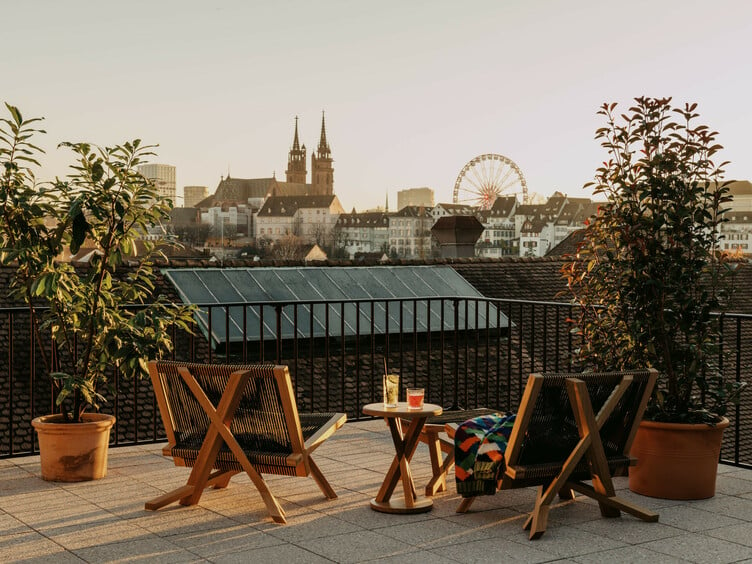
Good to know.
-
The Herbstmesse of Basel begins every year on the Saturday before 30 October and lasts for two weeks.
#thisisbasel
Share your ❤️ of Basel with us. Tag your photos using #thisisbasel to get featured on our Instagram feed @baselswitzerland and at basel.com



